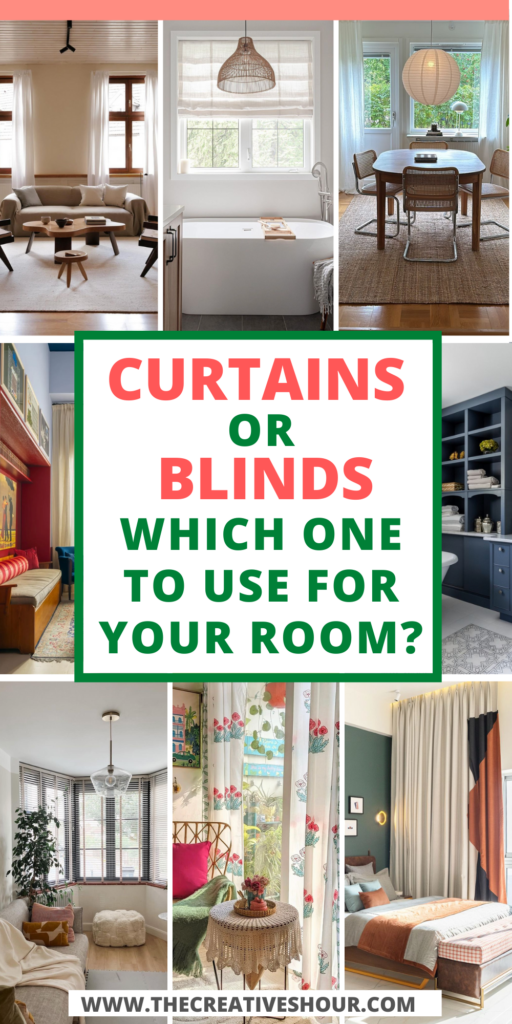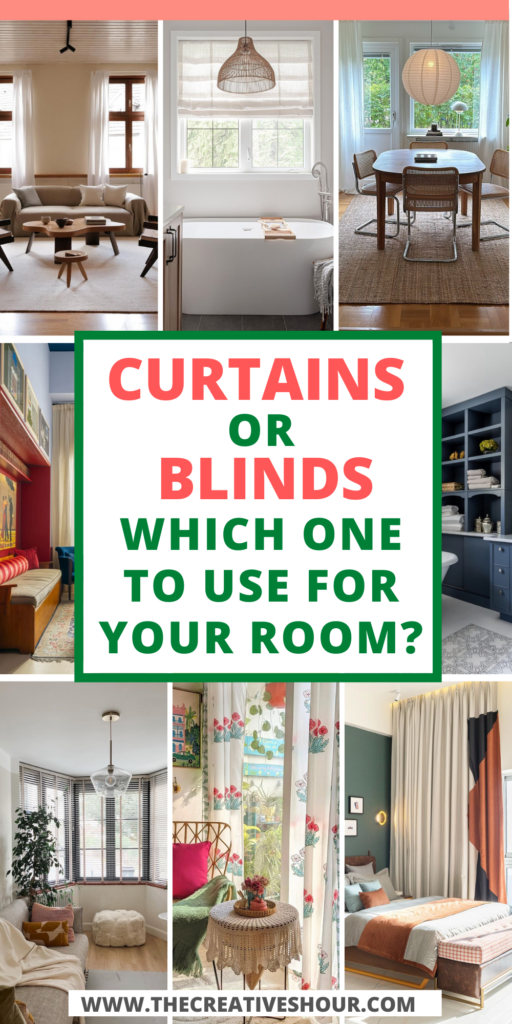
Window treatments often go unnoticed in the design process, but they can be the secret ingredient that transforms a space from incomplete to truly polished.
As Kyra Campbell, an interior designer at Yessick’s Design Center, puts it, “no room is ever complete until it has functional window treatments.” It’s not just about privacy—window treatments add softness and style, giving a room that finished, cohesive look. Without them, a space can feel bare, like it’s missing something.
But here comes the tricky part: what type of window treatment should you use? Is it blinds or curtains? Anyone redecorating their space or moving into a new home has likely faced this dilemma—trying to figure out the best option for their windows, because both options bring something different to the table.
Don’t worry, though—in this article, we’ll guide you through the process and help you choose the perfect window treatment for your room. Whether you’re after a clean, modern look with blinds or want to add warmth and texture with curtains, we’ll help you choose the best for your space.
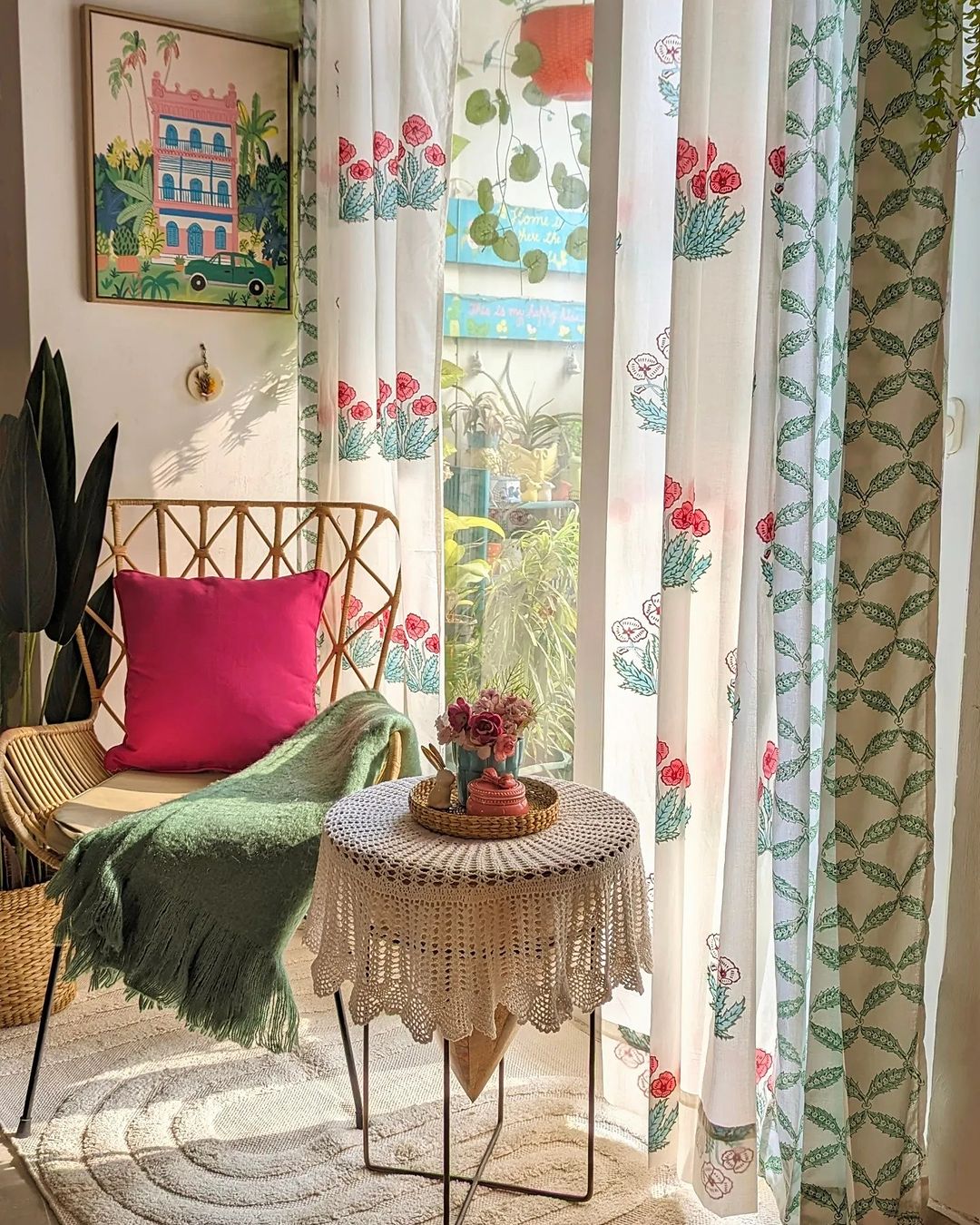
Image by blossomgoodvibes
What Is the Difference Between Window Blinds and Window Curtains?
Blinds vs curtains serve distinct purposes in both design and function.
Maggie Griffin, founder of Maggie Griffin Design, explains that “blinds consist of slats, often made from wood, plastic, or aluminum, which can be tilted or raised to control the amount of light entering a room.”
This precise control over light makes blinds a popular choice for rooms like kitchens and bathrooms, where functionality is key.
On the other hand, Patti Allen, co-owner of Allen + James Home, emphasizes that “curtains are fabric panels that add warmth and elegance to a room, and can be customized in a variety of patterns and styles.”
Curtains, typically hung from a curtain rod above the window, offer a more decorative and softer aesthetic, making them ideal for formal living spaces or bedrooms
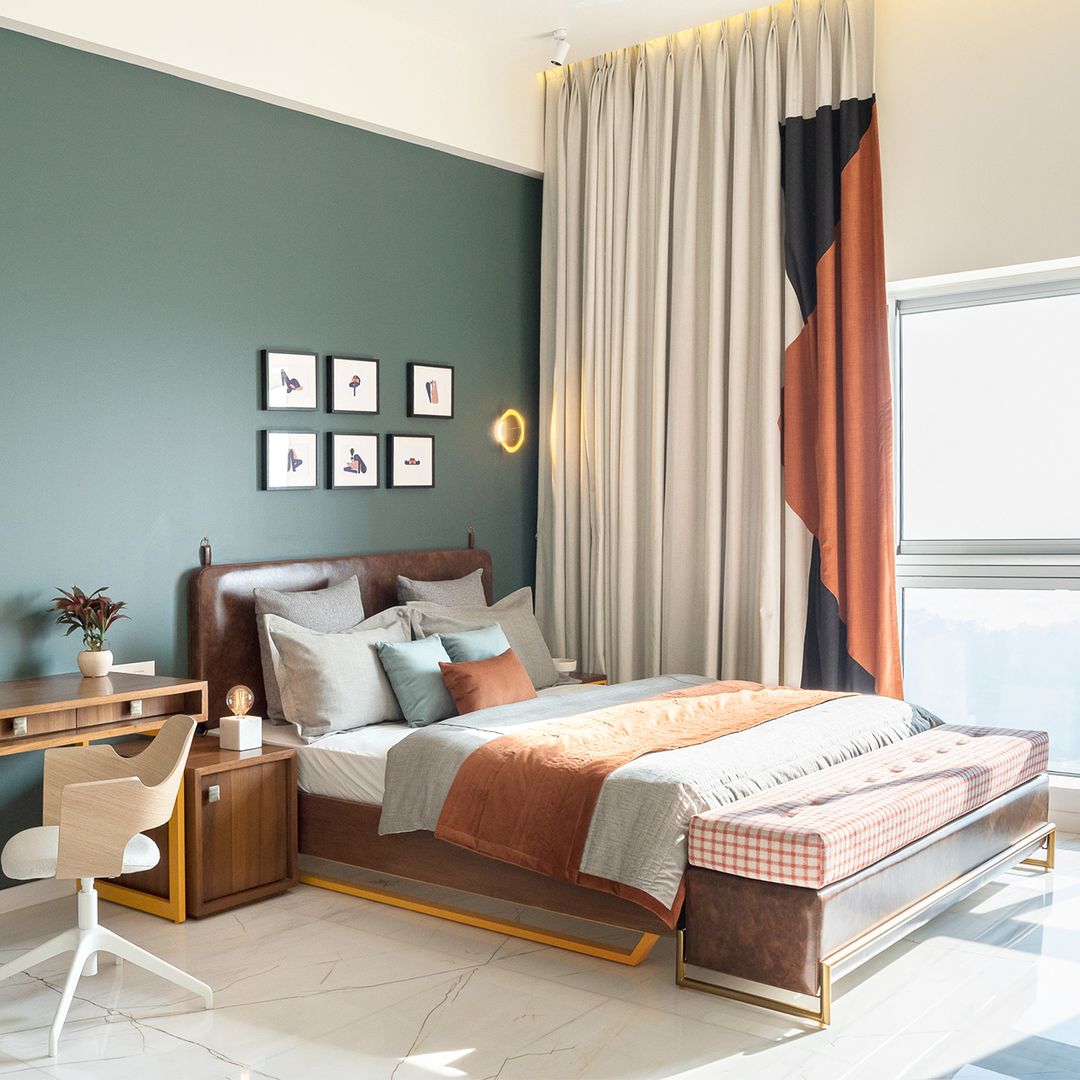
Image by beautifulhomes.india
What Are Blinds?
Blinds are window coverings made up of horizontal or vertical slats. These slats can be tilted, raised, or lowered, giving you control over how much light comes into a room. Unlike curtains, which are fabric panels, blinds are fitted inside the window frame, making them perfect for a more modern, minimalist look.
Blinds are great for spaces where you need flexibility and easy maintenance, like kitchens or bathrooms. You can easily adjust them to let in just the right amount of light, or close them completely for privacy. Plus, they’re easy to clean—just a quick dusting or wipe, and they’re good to go.
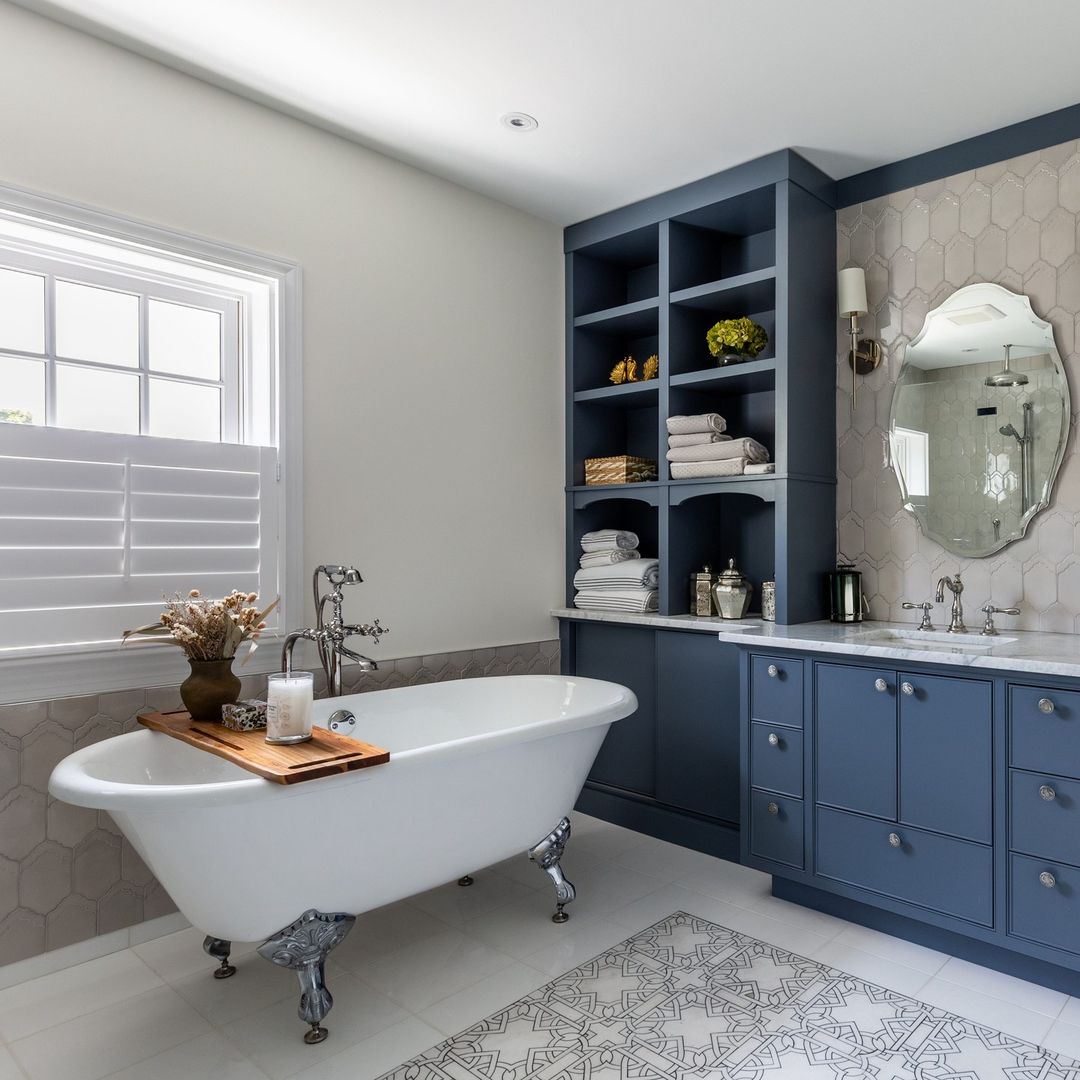
Image by budgetblinds
Why Choose Blinds Over Curtains?
Choosing blinds over curtains depends on what you’re trying to achieve in your space. Here are some situations where blinds tend be the better choice:
- More Control Over Light: Blinds allow you to adjust the slats, giving you control over how much light enters the room. You can tilt them slightly to let in some light or close them completely for privacy, making them ideal for spaces like offices, kitchens, or living rooms.
- Limited Space: Wood Blinds fit neatly inside the window frame, so they don’t take up as much space as curtains panels. This makes them perfect for smaller rooms or windows that have furniture placed near them.
- Modern, Clean Look: If you’re going for a sleek, minimalist vibe, vertical blinds can give your room a modern touch without the extra fabric and fullness of curtains. They blend in well with contemporary or industrial designs.
- Easy to Maintain: “Blinds are super easy to clean—just wipe them down with a cloth. This makes them great for kitchens or bathrooms, where spills or moisture might be a problem for curtains.” says Norman® USA.
- High-Moisture Areas: In spaces like bathrooms or kitchens, blinds made from materials like faux wood, aluminum blinds, metal blinds, honeycomb blinds, roller blinds, or plastic are more resistant to moisture than fabric curtains, so they won’t get moldy or damaged.
Overall, blinds work best when you need something functional, easy to maintain, and space-saving, while still offering good light control.
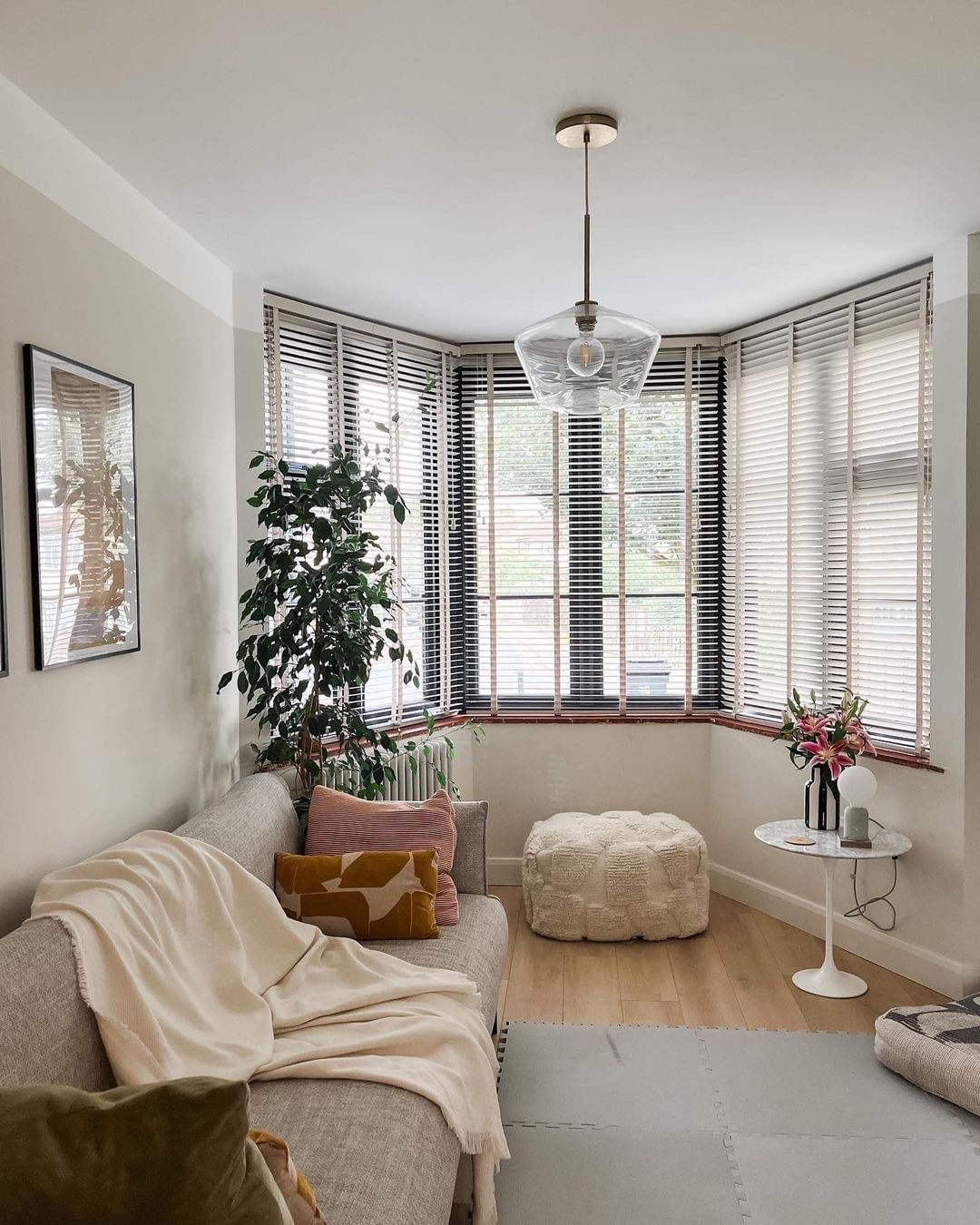
Image by swiftdirectblinds
What Are Curtains?
Curtains are fabric panels that hang over windows to add style, privacy, and control the amount of light coming into a room. They’re super versatile—you can choose sheer, lightweight curtains or cotton curtains to let in soft natural light or go for thick, heavy ones to block out light entirely, perfect for making a bedroom feel cozy.
You can pick from a variety of styles, colors, and lengths to fit any room’s vibe, whether you want something casual or more elegant. Plus, how you hang them matters too—curtains can have grommets, pleats, or even tabs, which change the overall look and feel of the space.
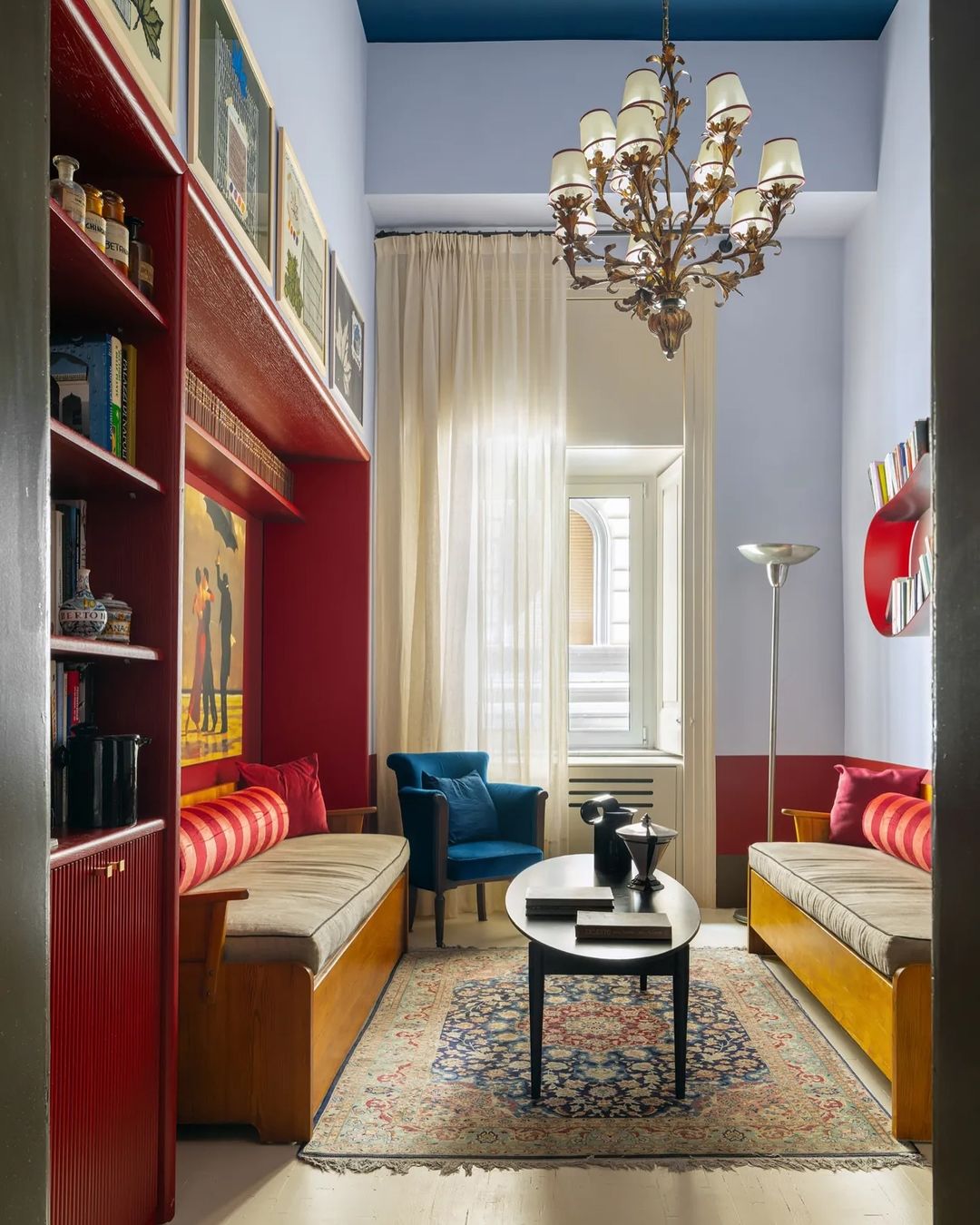
Image by akindofhome
Why Choose Curtains Over Blinds?
According to Nina Lichtenstein, founder of Custom Home Design, curtains are a great choice for formal spaces like living rooms and bedrooms because they add softness and warmth to a room.
Here are three simple reasons to choose curtains over blinds:
- Warmth and Comfort: Curtains add softness to a room, making spaces like bedrooms or living rooms feel cozy and inviting. They’re perfect for creating a comfortable, homey vibe that blinds just can’t match.
- Design Options: Curtains come in many styles, colors, and fabrics, allowing you to personalize your space. Whether you want light, airy, and sheer curtains or bold, patterned drapes, there’s something to match any room’s style.
- Elegance: Curtains can instantly elevate the look of a room. They offer a touch of sophistication and can make a space feel more polished and complete.
In short, if you’re looking to create a warm, elegant atmosphere, curtains are a great option!
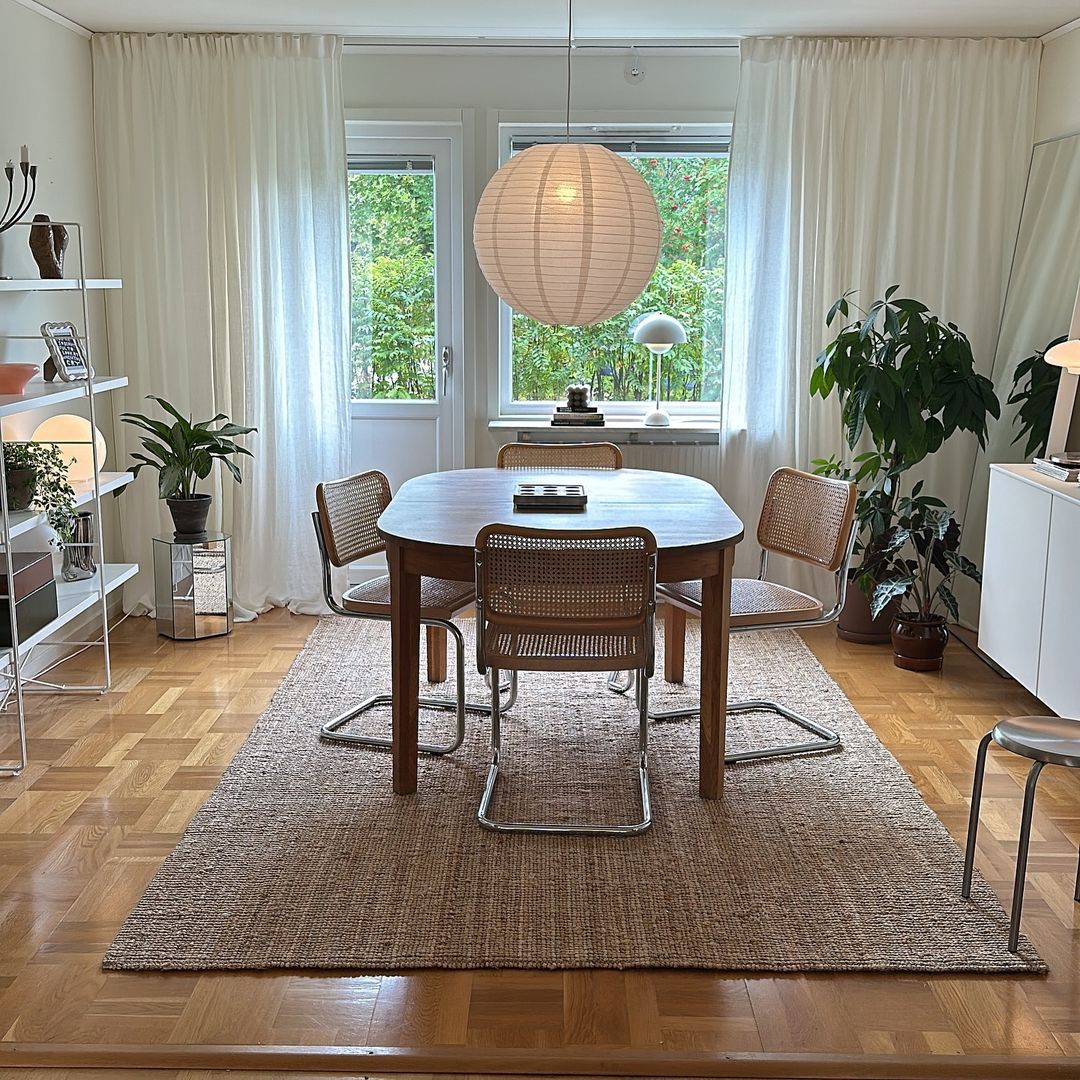
Image by e.m.berggren
When To Choose Curtains And Blinds?
If you can’t decide between curtains and blinds, consider using both! Combining them isn’t just functional—it adds a stylish, layered look to any room. By pairing curtains with blinds, you get the best of both worlds: you can block out light with blinds and soften the space with curtains. This combination also gives you more flexibility to control the light and privacy in your room, allowing you to adjust for different moods or times of day.
For renters, this is a smart way to add personal style without removing the existing blinds. Hanging floor-to-ceiling curtains over blinds can transform the look of a room, making it feel more polished and personalized. The layers also make the space feel more finished and cozy.
So, if you’re struggling to pick between the two, using both can create a more dynamic, customizable, and stylish setup.
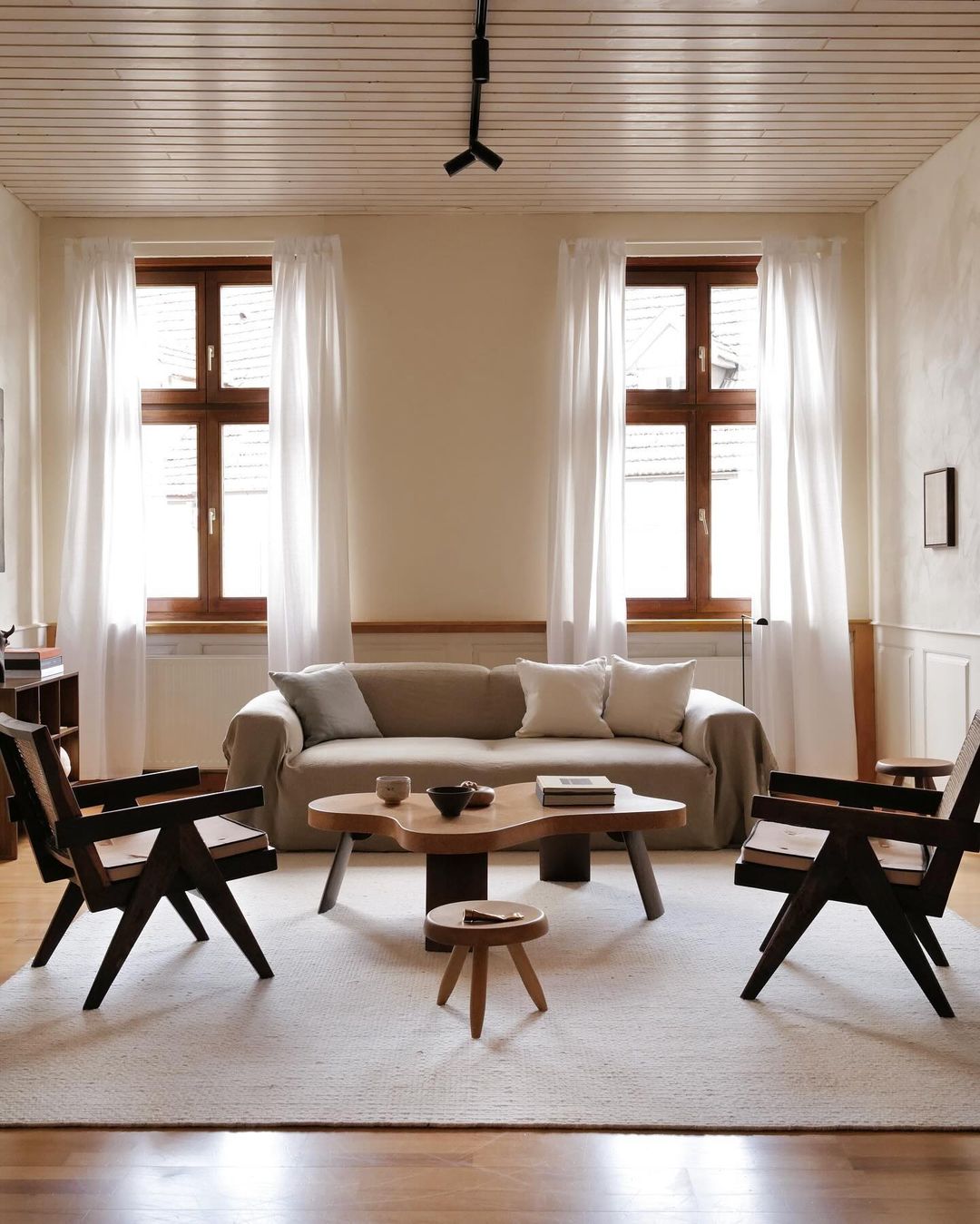
Image by aaroninteriors
What Are Shades?
Blinds and shades might seem similar because they both fit inside window frames, but they’re actually quite different. Blinds have slats, or louvers, that you can tilt to control how much light comes in. This makes them great for adjusting light and privacy throughout the day.
Shades, however, are made from one solid piece of fabric. Instead of adjusting slats, you roll shades up or down to block or let in light. Since they don’t have slats, shades give a softer, more seamless look, which is why they’re often considered a good mix between blinds and curtains. If you want the fabric look of curtains with the convenience of blinds, shades are a great option.
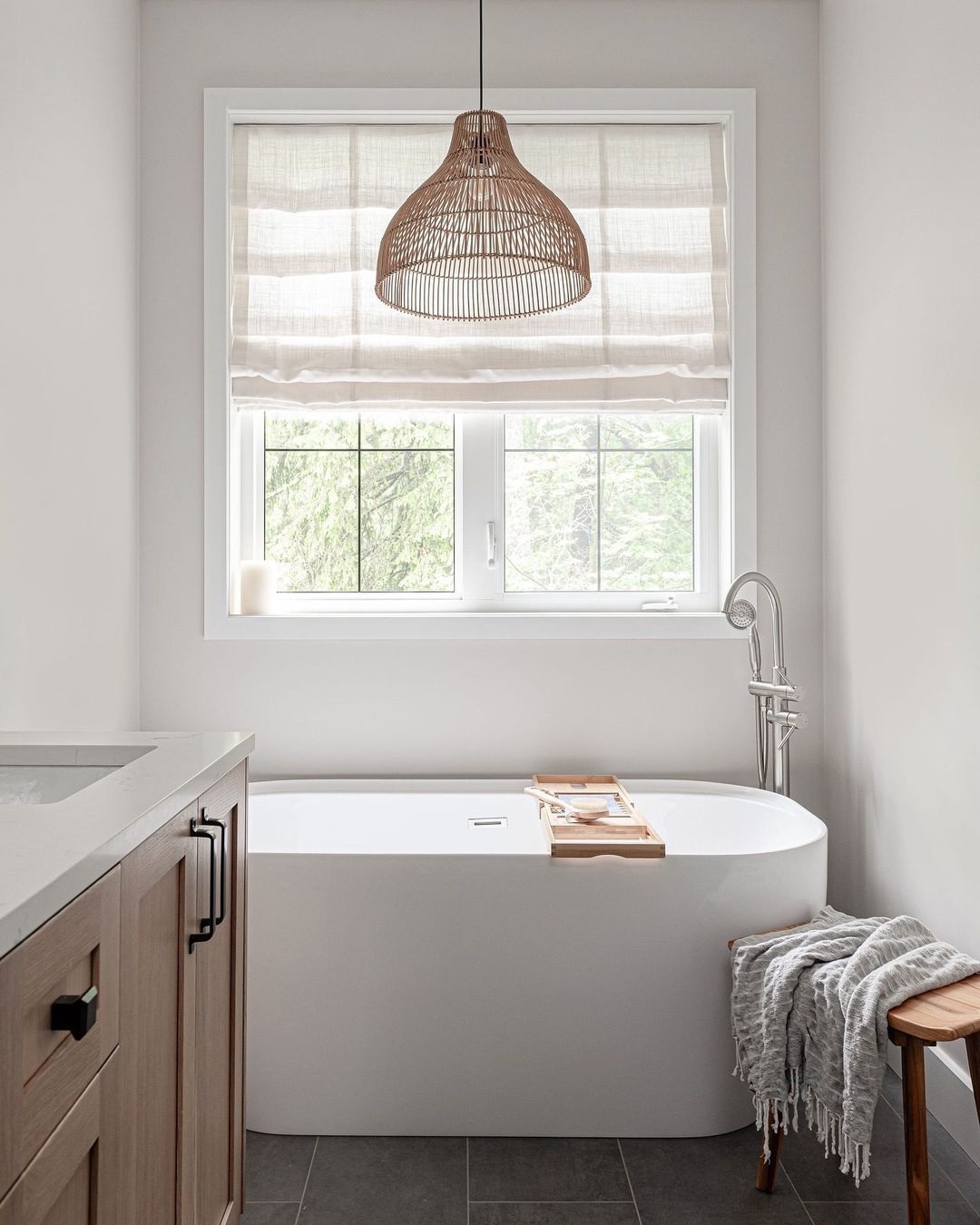
Image by budgetblinds
